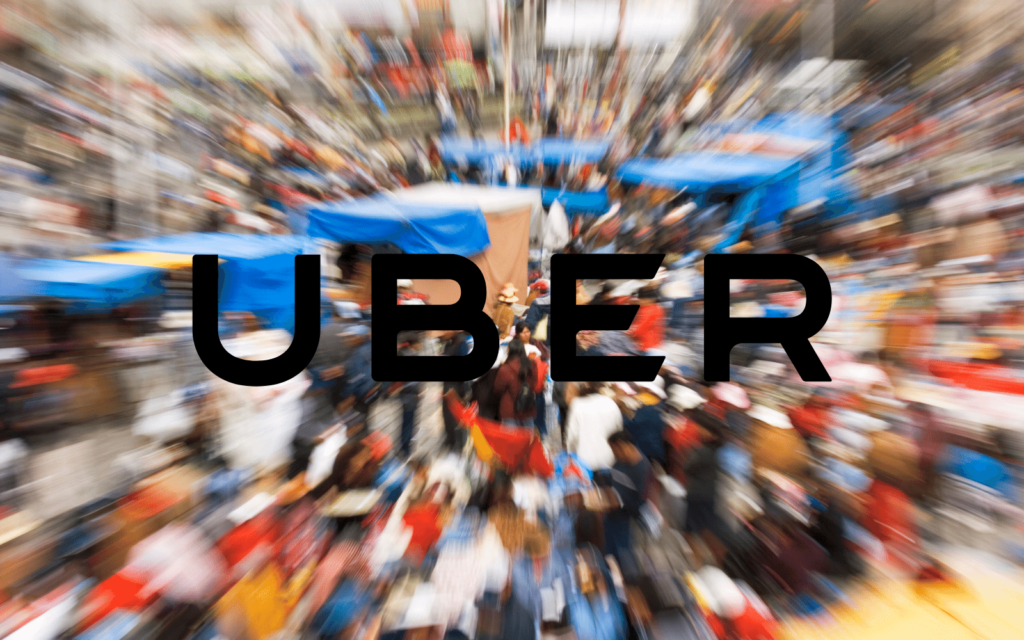Uber promised its drivers they would be entrepreneurs in charge of their own destiny, but the ride-hailing company ultimately had “a business plan that proved to gradually undermine their own drivers,” writes the Washington Post.
“Top executives advised local managers around the world to spend millions of dollars on lucrative incentives for new drivers and then steadily raise Uber’s commission, depriving those drivers of income and increasing the money that flowed to Uber,” according to the Uber Files leak of 124,00 documents demonstrating the cut-throat approach to its own drivers.
This cache of emails, presentations, and text messages from 2013 to 2017 demonstrates the cutthroat initiatives used by Uber officials, while its co-founder Travis Kalanick was CEO before being ousted under a cloud.
Augmented by interviews of four former Uber managers and 20 current and former drivers, it shows that “Uber created working conditions it knew would result in many drivers barely scraping by. Uber incentivised more drivers to sign up than were necessary, shrank driver earnings, and built a system that rewarded workers for undertaking routes and schedules that put them at risk of harm in locations plagued by violence,” the Washington Post wrote recently as part of a series of bombshell revelations.
Uber in SA
The paper highlighted the plight of Shaun Cupido, who began driving for Uber in 2017, having worked as a cop, factory worker, and taxi driver. His story is emblematic of the promise – and dream – offered by Uber; and the disingenuous way it sold out its own drivers, as the documents reveal.
“Uber promised to let South Africans make their own hours and be their own bosses,” wrote the paper. Having rented a car and become adept at ferrying tourists around Cape Town, he “started to dream of building his own business operating a fleet of cars for the ride-hailing company”.
However, as the Washington Post revealed, “Uber made changes to its service that lowered his pay and raised his risks. The company recruited new drivers to the city, flooding the streets with competitors and cutting Cupido’s daily number of customers in half”.
No matter how much “hustling” he did, including driving for 12 hours a day, and often into the dangerous Cape Flats, he struggled.
This became even more dangerous after Uber introduced cash payment to get more people using the service.
But in 2019 Cupido was lured to a pickup for a passenger called Nadine. Instead, two men got into his car, and “one of the passengers bludgeoned him in the head repeatedly with the handle of a knife. As blood streamed down his face, Cupido escaped the car and collapsed in the yard of a woman who saw him and called for help”. The men then stole his rental car.
Too scared to drive again, he spent a month recovering and then got a graveyard job in a factory. “I just lost everything,” he told the Washington Post.
Press X to Doubt
Uber’s promise that it would help drivers earn well has long been discredited. But in a 2014 submission to the government, found amongst the Uber Files, Uber said it “not only creates more jobs for more people, but it also creates better-paying jobs.” It cited academic research by economists – “some affiliated with Uber” – to support this.
“Another group of independent academic researchers has argued this research often failed to account for one of the company’s key advantages over taxis: a mountain of outside financing it was willing to spend sweetening driver earnings and lowering prices for riders. Over time, Uber pulled back these subsidies, increased its commission, and multiplied the number of drivers on the platform — altering the financial picture for drivers who came to rely on the app,” according to the Uber Files and further interviews.
“That happened all the time. You’d lure the drivers in with subsidies, and over time you cut back on that,” one former senior Uber executive told The Post.
Uber’s spokesperson Gus Glover told the Washington Post that drivers have found good economic opportunities using its app, even as their earnings fluctuate “as a normal part of business.” Because drivers may freely choose to work for different app-based services, Glover said, it is “fundamental that we endeavour to create conditions to retain drivers on the platform”.
Uber says it now has 20,000 drivers in SA, including for Uber Eats. “Some say they struggle to make minimum wage, now equivalent to about $1.40 (R23) an hour, after sharing a portion of their earnings with Uber and rental car companies and paying for expenses like gas. Some say they have been robbed by criminals, hassled during periodic government crackdowns against Uber, and targeted by rival taxi operators who attack drivers to defend their turf.”
Derick Ongansie, a former 66-year-old Uber driver who helped organise driver protests and is involved in a lawsuit against Uber, said: “The Uber platform became a platform of crime, a platform of fear. Once you get into that vehicle, you either fear that the traffic cop is going to pull you over and impound your vehicle, or you fear the criminal.”
This column first appeared in Financial Mail




